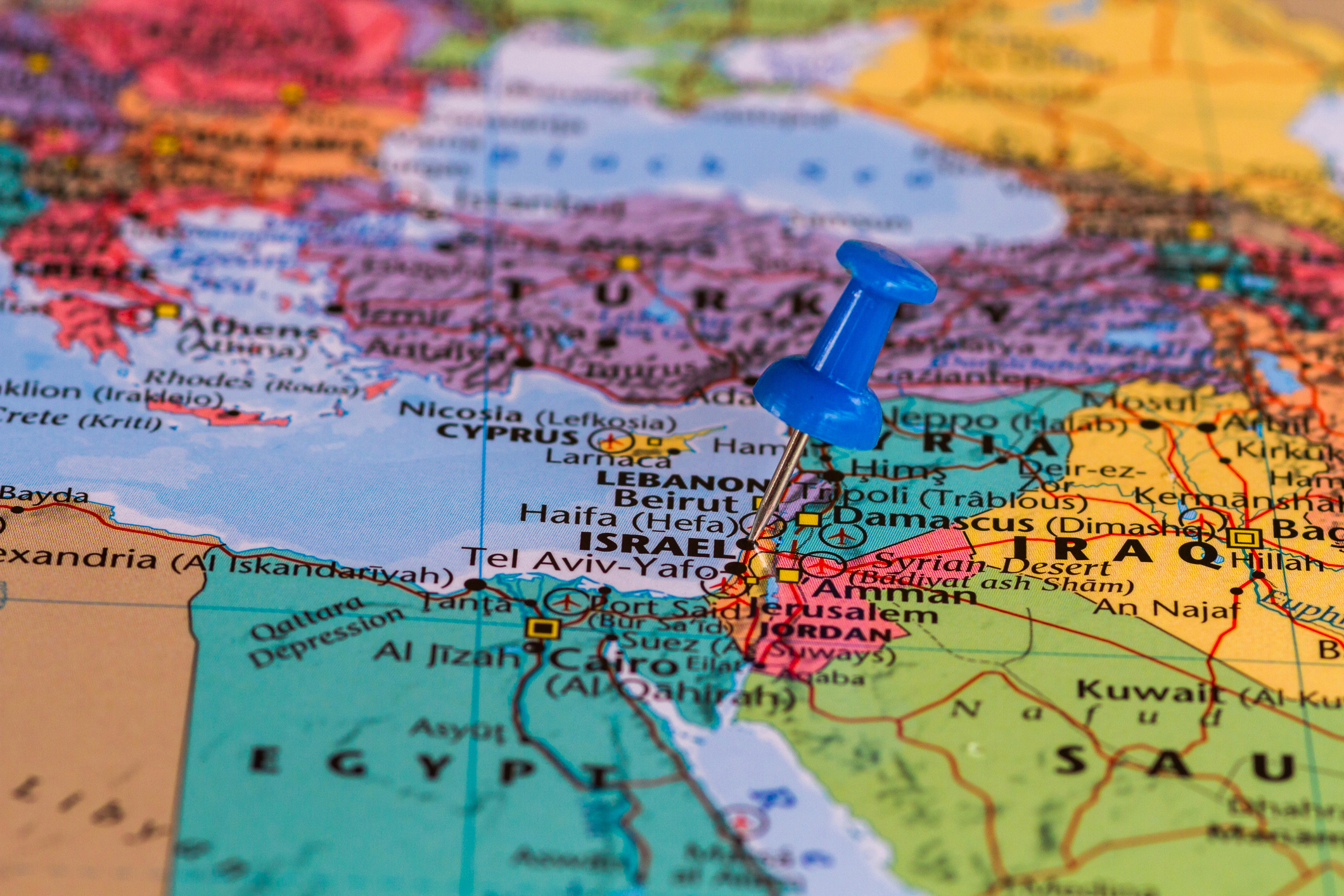Israel Faces Multi-Front War: It is Not Just About Gaza
When I was growing up and into my college years, the survival of Israel was always in question. With the actions of President Sadat who paid with his life, we moved on from this threat. Now it has returned.
Although the focus has been upon Gaza, Israel faces a multi-front war and Iran racing to develop nuclear weapons. The Abraham Accords opened the promise of the GCC working together with Israel to deal with the Iran challenge. But this was rejected by the new Administration in favor of re-embracing Iran.
The Hamas controlling Gaza attacked Israel in part to block the reconciliation of the GCC with Israel. Hamas built a killing machine of tunnels and weapons with the sole purpose of killing Israelis and disrupting the reconciliation process.
With the ongoing war in Gaza, outside powers have called for the establishment of a Palestinian state.
But until the question is resolved of who paid for the Hamas war machine and ways can be found to ensure this would never happen again, why on earth would Israeli’s accept this “two-state solution” unless there was no repeat of Hamas or another terrorist group hijacking the Palestinian proposed state?
To understand the current situation facing Israel, I talked with my colleague LtGen (Retired) Rudder who has just returned from a visit to Israel and discussions with Israeli officials. And just before that, Rudder visited Taiwan and continued his discussions of dealing with challenges there. He is seeing first-hand the threats posed by authoritarian powers and movements.
LtGen (Retired) Rudder: The Israelis describe the war as having seven fronts: Gaza, West Bank, Lebanon, Syria, Iraq, Yemen, and Iran and they have operated in all seven theaters in the last nine months.
This is truly a battle for survival.
Gaza is just one window into the overall challenges facing Israel.
A seven-front war is challenging as it poses a variety of threats which require diverse approaches to fighting a protracted conflict. This is a conflict in which steady alliances, a healthy military industrial base, and a strong economy are among the factors to consider.
Underlying the challenge is the key effort of Iran to control the region. The multi-faceted wars facing Israel provide a good opportunity for them to do so.
Question: Is the single-minded focus of Europe and the United States on Gaza missing this broader picture?
LtGen (Retired) Rudder: It clearly is.
The world is narrowly focused on Israel and Gaza, but Gaza is part of a broader Iranian strategy that includes Europe and the United States.
It is intertwined with Iranian support with Russia and China playing supporting roles.
Several of the Israel leaders that met with the American delegation told us that U.S. backing was critical. The United States provides the strategic depth for a small country like Israel.
Therefore, any open or even subtle messaging regarding the weapon deliveries by the United States in support of Israel only plays into Iran’s hands. Whether it was messaging or a pressure tactic, when the media announced a U.S. pause in supplying munitions to Israel, it emboldened Hamas.
Regarding the future of Gaza, I am convinced that looking forward there should be no Gaza solution that includes Hamas. There is also a case to be made that the future of Gaza should not include the Palestinian Authority.
The Palestinian Authority has yet to express any remorse regarding 7 October. When people talk about a Palestinian state and the survival of Hamas, it goes contrary to the creation of a secure environment for Israel.
If HAMAS is not defeated and purged from Gaza it will be a defeat for Israel and for the Western world. Again, this is not just about Gaza.
We then discussed the nature of warfare and its change.
With the threat to Taiwan, with the ongoing war in Ukraine and the expansive conflict in the Middle East, can the West generate the magazine depth to deal with the emergence of a multi-polar authoritarian world?
Can the arsenal of democracy be re-created to deal with the new threat environment?
LtGen (Retired) Rudder: It is a challenge in any conflict to posture the required depth of munitions. Sustained conflict in Ukraine has pushed the U.S. to consider other options such as multi-years procurement for weapons and the forward-looking Statement of Principles for Indo-Pacific Defense Industrial Base Collaboration.
Both highlight the importance of defense industrial resilience and need for innovative ideas.
We continue to face a strategic problem of not having the depth of munitions for worldwide threats, therefore our industry partnerships with allies and partners are critical.
This problem must be thought of as a holistic global challenge for industry. Our historical industrial partnership with Israel could be considered a model for other co production and co sustainment options.
The Israeli and U.S. industry partnership model could be well suited to our Taiwan relationship. Taiwan could serve as another area where defense industrial cooperation could increase attack drone and munitions capacity for self-defense.
We shouldn’t be self-limited in the scope of industrial cooperation to solve the munition problem. In each theater that the U.S. operates, there is potential for cooperation.
Although conflicts can vary in scope and character, an alliance or partnership will always need deep weapons magazines of both basic small arms to high-end precision munitions. Even though the Aisa Pacific, Gaza, and Ukraine are operational different in many ways, the ability to sustain momentum through maneuver and fires highlights the need for a partnered industrial capacity model.
Future industrial agreements will define how well the U.S. and its Allies compete against the growing collaboration between China, Russia, Iran, and North Korea.
To look into the future of Israel and the U.S., we must look beyond Gaza and understand the global implications of this fight.
Featured graphic: Photo 54039210 © Ebastard129 | Dreamstime.com

